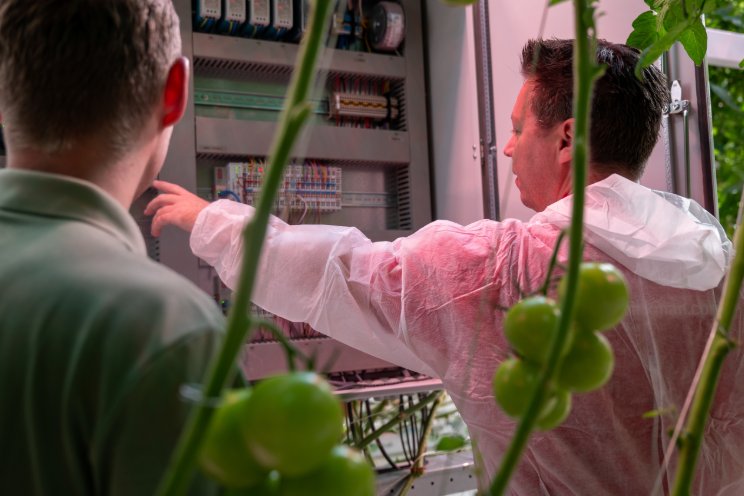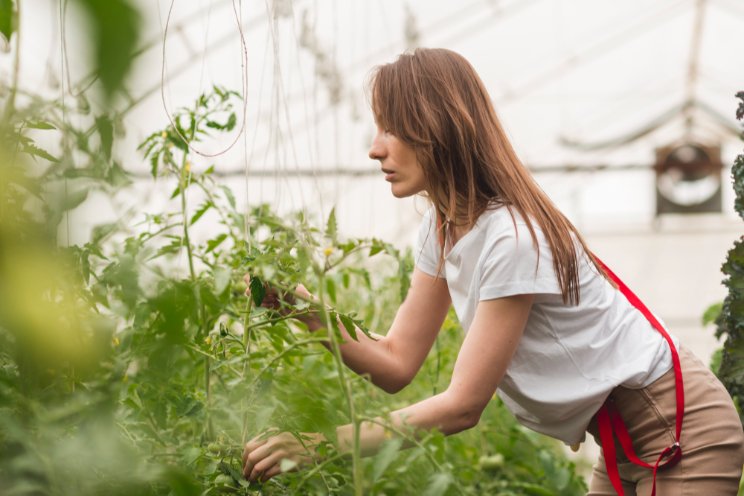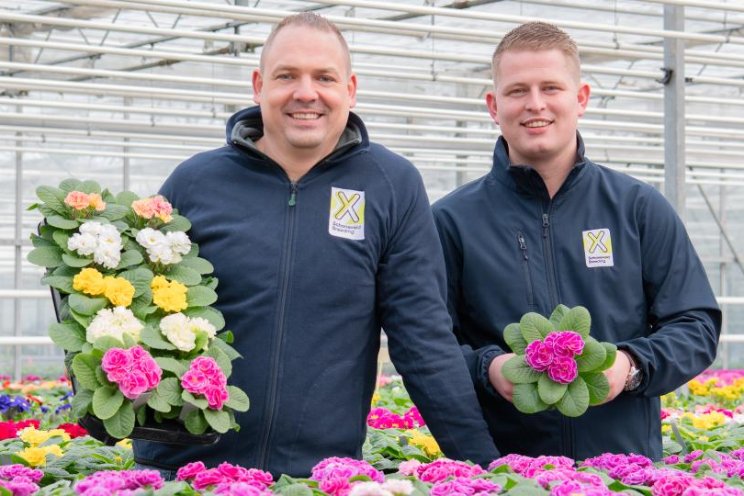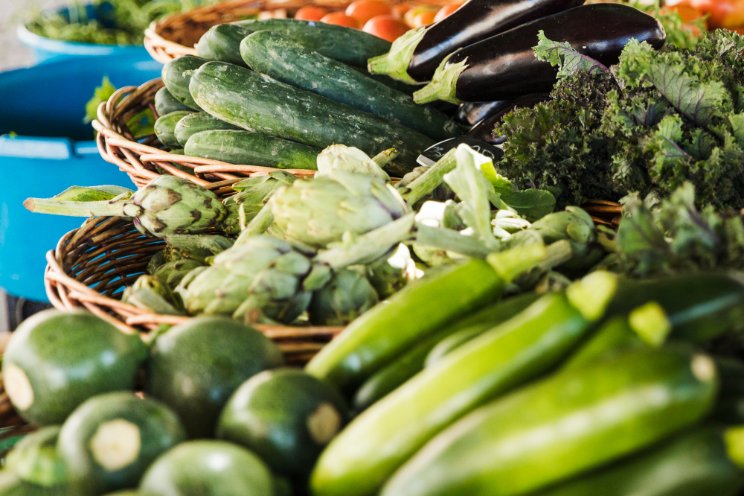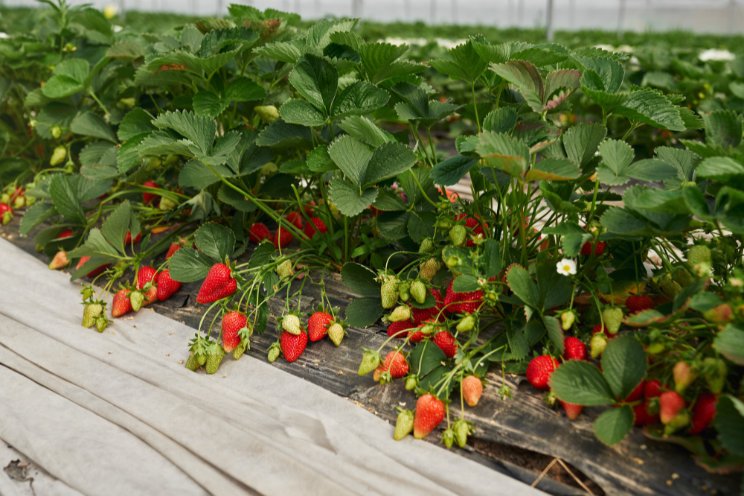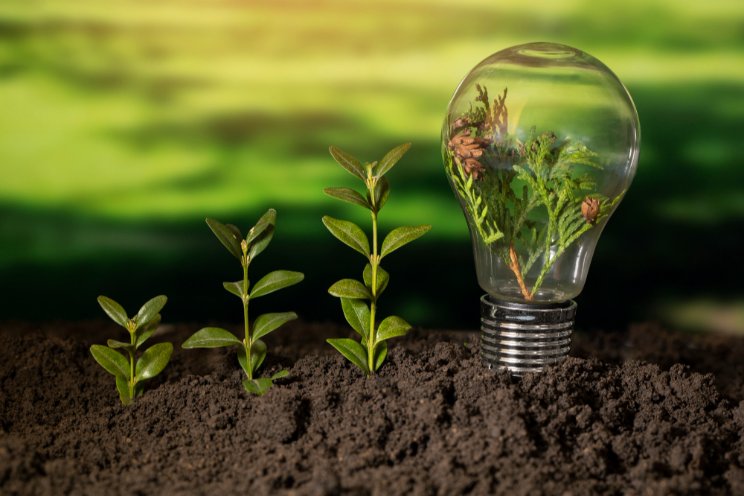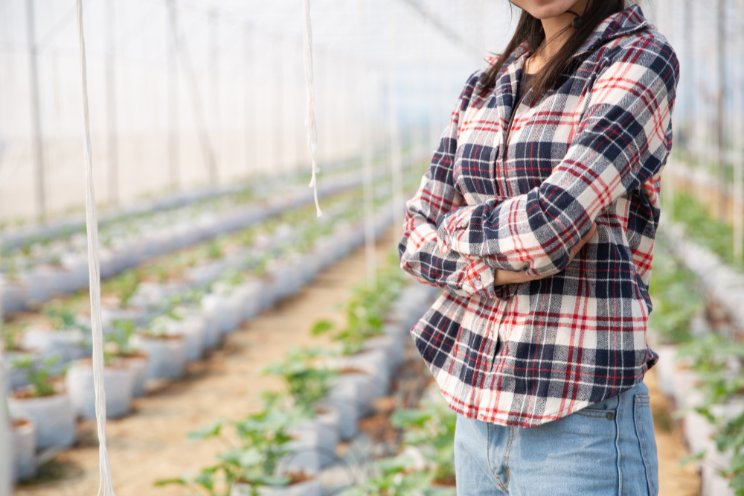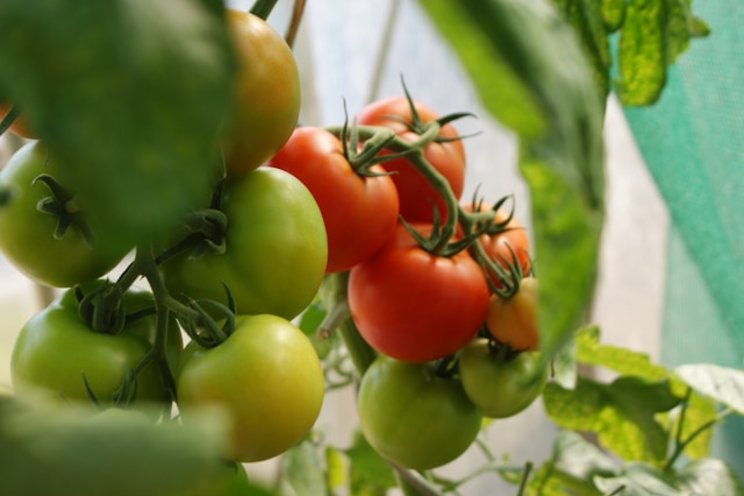Hydroponics a growing trend for raising food year-round
Added on 23 March 2021
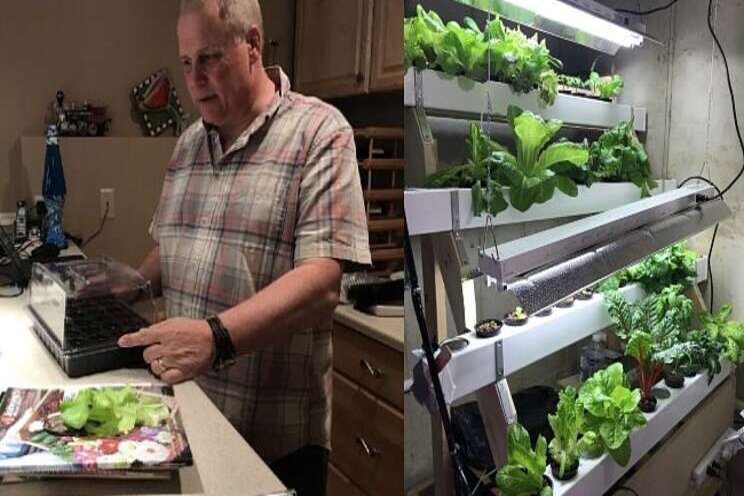

Spinach, lettuce, Swiss chard and other greens grow in Win Goodridge's hydroponic basement garden. (Sheryl DeVore / Lake County News-Sun)
"It's pretty successful," said Goodridge, standing in a small space in his Hawthorn Woods basement as lettuces, pepper plants, spinach and chard glowed green beneath special lighting.
Goodridge, other Lake County residents, a Grayslake nonprofit and Waukegan students, among others are reaping the benefits of growing vegetables indoors year-round with hydroponic systems. No soil is needed, just water, some nutrients, a pump, lighting and a small space, as opposed to a large tract of land.
Hydroponic gardening is a growing trend with a global market estimated at $1 billion in 2019, and projected to reach $16 billion by 2025, according to Report Buyer. The trend's sidekick, aquaponics gardening, which involves raising fish to provide nutrients for plants, is expected to yield more than $1.36 million by 2025.

Win Goodridege works in his basement getting seeds ready for another planting in his hydroponic garden. (Sheryl DeVore / Lake County News-Sun)
In Lake County, Grow Masters, a hydroponics business in Gurnee, has recently doubled its space; and another hydroponics store, Lucy's Hydroponics, which caters to both those growing indoor vegetables as well as marijuana for medical use, just opened in Fox Lake.
Many reasons exist for this trend besides having fresh greens year-round. Kevin Westing, farm operations manager and co-founder of the nonprofit Growing Healthy People/ Grow Well Farms in Grayslake, said hydroponics is the way of the future because of climate change.
"With droughts and polar vortexes, our climate is unstable," Westing said. "Growing in greenhouses with 'ponics allows this new wave of farmers to control their growing environment. At the same time, they can maximize crop production in abandoned warehouses or rooftops. They do not need acres of land." he said.
The hydroponic method also conserves resources, said his Growing Healthy People partner Cheryl Besenjak, a certified master gardener from the University of Illinois Extension Service.
Growing vegetables with hydroponics takes 95 % less water than growing plants outdoors, and the yield is higher, she said.

Seeds sprout in a special clay pellet medium at Win Goodridge's basement hydroponic garden. (Sheryl DeVore / Lake County News-Sun)
"Think about a big crop of soybeans outdoors," Besenjak said. "You need it to rain or you'll need to irrigate it, and then the water evaporates. In hydroponics, it's a closed loop system, and there's minimal evaporation."
Dan Bulger, who recently opened Lucy's Hydroponics in Fox Lake, said peat, gathered from bogs and used in potting soil mixes, is a rapidly declining resource and not highly renewable.
But "much of what goes into hydroponics gardening is reusable," Bulger said. "For example, clay pellets used to start the seeds can be rinsed off and reused. They're ready to go again as opposed to buying more bags of soil."
The hydroponic kits he sells include LED lights, which require very little energy, he added.
"Right now in the shop, I have sweet and hot peppers growing. I have an artichoke growing. I have tomatoes, cucumbers, beans, watermelon, all indoors and done hydroponically," Bulger said.
"Medical marijuana is a big part of our business," he added. Illinois law states that people with a prescription for the drug are allowed to grow up to five plants in their homes.
Education
Besenjak and Westing are working to educate Lake County residents, including students and church members, about growing hydroponically and aquaponically to eat healthier.
"Growing Healthy People really believes in education, teaching people all different methods for growing their food." Besenjak said.
The nonprofit has secured several grants to work with middle school students at Jefferson School in Waukegan, for example, to help them build an aquaponics system that can grow 335 lettuce plants at one time, she said. The students also have grown herbs, lettuces, peppers, cucumbers and tomatoes on hydroponic gardens that look like tall towers.
In addition, Growing Healthy People works with Lake County high school students at a tech campus on the grounds of the College of Lake County in Grayslake. Some of the culinary students use hydroponically grown foods at the tech campus to create their cuisine, and families have visited the indoor food-growing setup to learn more about it.
Besenjak said not every vegetable can be grown this way, but some plants just love hydroponics, including Swiss chard, kale, greens, peppers, tomatoes and herbs.
Besenjak offered Goodridge some advice to get his basement hydroponics garden going.
Pros and cons
"It does take work and money," Goodridge said. He considered purchasing a hydroponics kit for about $300, and then decided to build his own.
"It turned out to be twice that price, because I went a lot larger with the intention I can do a lot more variety and have different things and different stages," he said.
"There's a certain amount of maintenance. But you don't have to do any weeding or deal with any critters outside, or deal with fungus," said Goodridge, who also grows vegetables in his outdoor garden during the summer.
He plans to try tomatoes next, and his wife, Alison, said she's thrilled. Her favorite snack is fresh tomatoes with mozzarella cheese and fresh basil.

Win Goodridge checks out his hydroponic gardening schedule in his Hawthorn Woods basement. (Sheryl DeVore / Lake County News-Sun)
With the hydroponic tomato garden, she can enjoy that fresh treat any time of the year, not just at the end the summer when the red fruits are ripening outdoors. Nothing beats the taste of a freshly picked tomato, she and her husband agreed.
Though Goodridge is beginning to use some advanced techniques, such as growing plants in special buckets of water, he said anyone can see how the process works easily by getting a glass jar, putting some water in it, and adding nutrients and a seed into some sort of medium.
"You can do it on the kitchen counter. It just needs the appropriate amount of light," Goodridge said.
Samantha Greene and her young son, Maverick, started a miniature aquaponics garden that way. They used a jar, some water, one fish and a seed. To their delight, the seed sprouted.
"My boys love to garden with me, and since visiting the tech campus greenhouse, we have been talking a lot about the ecosystem, how interconnected nature is, and how aquaponics is a great example of this interconnectedness," Greene said.
"While this is our first adventure into aquaponics, it definitely won't be the last."
Source: Chicago Tribune
Source: Chicago Tribune
More news
